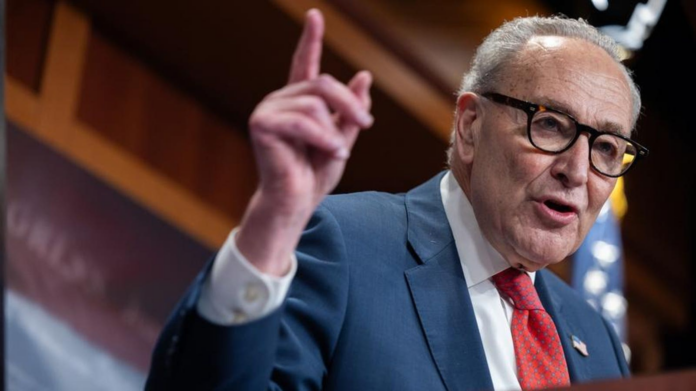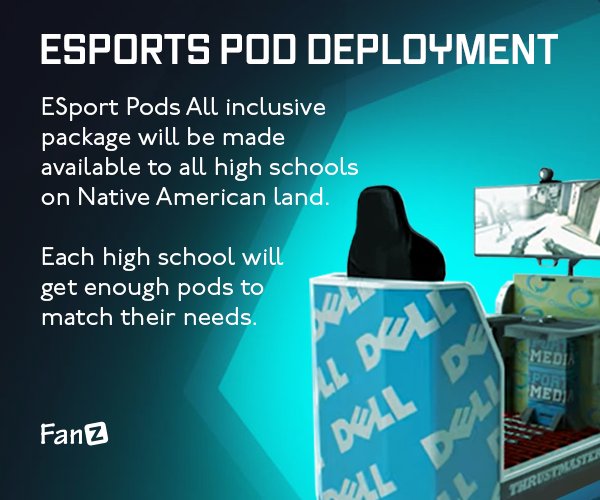The Senate on Monday passed legislation to fund the federal government, a significant first step to end the longest-running shutdown in history. And the reopening of the government has big implications for student loans.
The government shutdown has hampered operations at the Department of Education. While contracted student loan servicers have continued to manage the department’s vast federal student loan portfolio (such as by processing payments, approving borrowers for repayment plans, and issuing correspondence), the shutdown has effectively blocked or delayed key relief for many borrowers, including student loan forgiveness processing and the implementation of a critical new settlement agreement.
Assuming the House of Representatives follows the Senate later this week to pass legislation reopening the government, student loan borrowers may soon start seeing the effects. But it won’t be instant, and the shutdown will likely have lasting impacts. If you have student loans, here’s what to know.
Loan Forgiveness Processing For Student Loans In IBR Should Resume
The Department of Education had started approving borrowers for student loan forgiveness under the Income-Based Repayment, or IBR, plan in September for those who had reached the 20- or 25-year threshold. IBR is an income-driven repayment plan that offers borrowers monthly payments tied to their income and family size, with any remaining balance dischargeable at the end of the repayment term. The department had suspended loan forgiveness for student loans enrolled in IBR earlier this year; while no court had blocked IBR (despite legal challenges impacting other income-driven plans), the department had claimed that a pause was necessary to update internal systems.
Without any formal announcement, the department apparently resumed IBR student loan forgiveness this fall, with formal approval notices going out to borrowers in late September. Those borrowers then started receiving discharges in October. However, after this first wave of discharges, no other borrowers appear to have been approved for IBR loan forgiveness. This is likely due to the government shutdown, which has shuttered many of the department’s operations and furloughed most of its staff. Loan servicers cannot independently discharge a borrower’s federal student loans without receiving an instruction from the department to do so.
MORE FOR YOU
With the government shutdown now coming to an end, the Department of Education should be able to resume processing student loan forgiveness under IBR, beyond that first wave of approvals. It won’t be instant, but assuming the government reopens this month, additional approvals could (in theory) start going out again as soon as December.
Loan Forgiveness Processing For Other Student Loans Should Restart
Other student loan forgiveness programs that require direct Department of Education involvement have been impacted by the shutdown, as well. But with the government reopening, discharge processing for these programs should restart. These include Borrower Defense to Repayment, which allows borrowers to request a discharge on the basis of certain forms of school misconduct; Closed School Discharges, which gives borrowers a path to relief if their school closes and they are unable to complete their degree program as a result; and the Total and Permanent Disability discharge program, which can wipe out federal student loans for those who have disabling medical impairments.
However, these programs are likely to experience ongoing problems that may be compounded by the government shutdown. For example, the Total and Permanent Disability discharge was already experiencing widespread processing issues (including delays and erroneous determinations) following the department’s transition of the program to a new servicing platform operated by Department of Education contractors earlier this year. These problems may get even worse, at least temporarily, as the department may struggle to catch up on the TPD discharge backlog following weeks of inaction.
“The new contractors have been slow to process a growing backlog of TPD applications, resulting in some borrowers getting erroneous denials because their applications were signed by their medical provider more than 90 days ago,” said The Institute For College Access and Success in a blog post last week. “Other borrowers have waited months with no updates. During the processing periods, borrowers are entitled to a forbearance to stop their bills, but the contractors’ failures to apply the forbearance and misinformation from call center staff about forbearances have put borrowers at risk of delinquency and default. The Department should clear the backlog of TPD applications and send timely communications to borrowers who have been waiting.”
But the TPD discharge application backlog has likely worsened during the shutdown, which may make it even more difficult for the department to catch up and start rectifying the widespread issues with the program.
Implementation of Settlement Agreement For Student Loans On Track for IDR Loan Forgiveness And PSLF Buyback
With the government set to reopen, the Department of Education should be able to soon start implementing elements of a settlement agreement reached last month with the American Federation of Teachers resolve a legal challenge over stalled student loan forgiveness.
Under the terms of the agreement, the department has agreed to restart processing student loan forgiveness for borrowers in the ICR and PAYE plans. The department had suspended discharges for student loans in those income-driven repayment plans earlier this year after interpreting a court ruling in the SAVE plan legal challenges as blocking loan forgiveness under ICR and PAYE, as well. But with the shutdown coming to an end, the department should be able to start discharging the student debt for borrowers who have reached the 25-year repayment threshold under ICR and the 20-year repayment threshold under PAYE.
The department also will resume processing applications for PSLF Buyback under the settlement agreement. PSLF Buyback provides a pathway for borrowers to make a lump sum payment covering certain prior deferment and forbearance periods (such as the SAVE plan administrative forbearance) so that it can count toward student loan forgiveness under PSLF. But the resumption of application processing is unlikely to resolve the massive backlog associated with PSLF Buyback, which has likely only grown larger during the government shutdown while application processing stopped.
Borrower and the public at large should soon start receiving new information on student loan forgiveness processing for IDR plans as well as for PSLF Buyback, as the settlement agreement requires that the Department of Education file regular updates on processing starting 30 days after the government reopens.
“The defendants shall file six status reports that provide public information about certain topics raised in this litigation,” says the formal agreement entered into court in October. “The defendants’ first status report shall be due 30 days after the current lapse in federal government appropriations ends, and subsequent status reports shall be due every 30 days thereafter.”
In addition to restarting processing student loan forgiveness under IDR plans and PSLF Buyback, the end of the government shutdown should also allow the Department of Education to resume implementing other fixes to student loans, including eliminating a hardship rule associated with the IBR plan that has prevented some higher-earning borrowers from being able to enroll.
What The End Of The Shutdown Means For Borrowers
RELATED ARTICLES



